Japan Discovery How Japanese people think “武士道は死ぬことと見つけたり(Bushido is really the Way of Dying)”
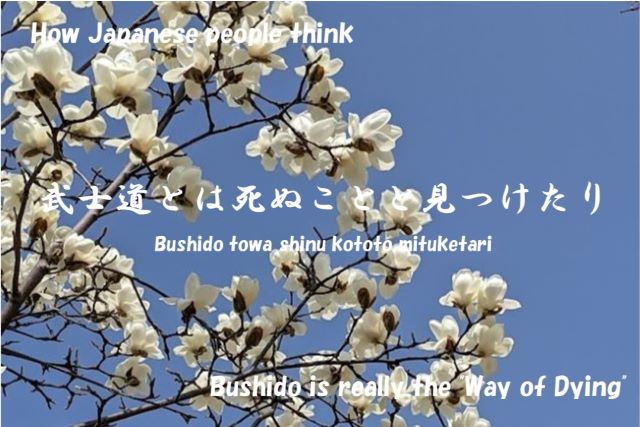
Bushido is the way of dying
“Bushido is the way of the way of dying" is a provocative phrase. A similar phrase is the European “memento mori." This is an introspective phrase that says that if people are aware of death, they can cherish their lives in the present. In contrast, “Bushido is" demands that warriors die for loyalty.
Bushi are also called samurai. They are Japanese combat experts and people of families who make it their profession. Bushi appeared in the Heian period and existed until the abolition of the class system in the Meiji period.
Young people obsessed with their cell phones, high school girls laughing at McDonald’s, smiling store clerks, and men having fun at izakayas. The people we see on the streets today are all gentle-looking. Among them are the descendants of radical samurai.
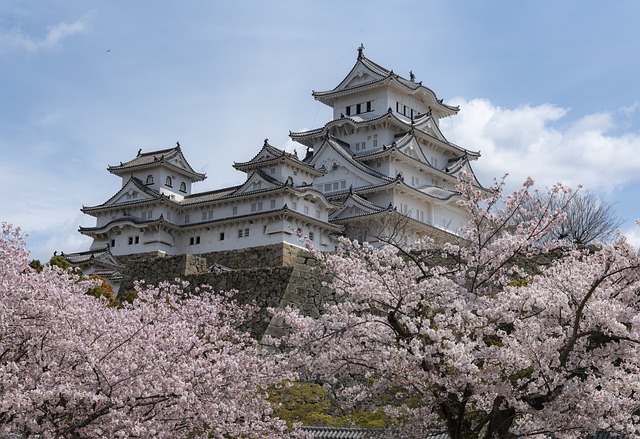
The Japanese are quite fighter-like
You rarely see strong people in the streets of Japan, but the Japanese are a fighting race that you would never imagine from their appearance, just as the native Fremen of the Sand Planet had the same level of fighting power as the Saudarkar Imperial Guard. They were known for fighting even to the death.
In the 13th century, they repelled attacks from the Mongol Empire.A civil war began in the 15th century and continued for 100 years. Toyotomi Hideyoshi, who unified Japan, used his military power to prevent colonization by European powers.
In the 19th century, the Tokugawa Shogunate was overthrown by the Meiji Restoration and Japan became a modern nation. After that, they fought and won against the great powers of the time, Qing and Russia, and participated in World War I, becoming a great power. In the next Pacific War, they were thoroughly defeated by the United States, but they fought fiercely and carried out the infamous kamikaze attack.
As shown in the movies Independence Day and The Core, individuals sometimes sacrifice their lives to save their comrades, but only the Japanese fight as an organization and sacrifice their lives.
In the early 17th century, a decisive battle for supremacy over Japan took place between the Eastern Army of Tokugawa Ieyasu and the Western Army of Ishida Mitsunari. It was the Battle of Sekigahara. The Satsuma clan belonged to the Western Army. The Eastern Army won the battle, and the Satsuma army was left behind by the large Eastern Army force.
In a desperate situation, the Satsuma samurai carried out a fierce retreat called “Sute Gamari". What kind of tactics was that? It couldn’t be called a tactic. It was a way of fighting where everyone died to allow their lord to escape. A small unit was left behind in that place, and that unit fought until everyone was dead, stalling the enemy army.
To increase the accuracy of their guns, they sat in meditation while sniping, and when they ran out of bullets, they cut into the enemy to buy time. When the platoon was wiped out, a new small unit was left and the same thing was repeated.
“Kondo Wa Wai Ga Iki Mō Sō (This time I’ll go)"
“Tokugawa Ni Hito Awa Fukashi Mon So (Let’s surprise Tokugawa)"
“Tono No Koto Wa Ma Kasu~tsu (I’ve left the lord to you)"
The samurai calmly accepted death out of loyalty to their lord.
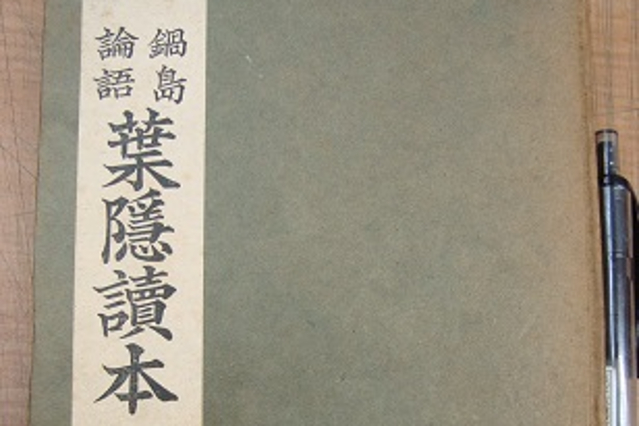
Hagakure
Why do Japanese people, who usually uphold the motto “harmony is the most important thing," fight so bravely? The answer lies in the unique Japanese view of life and death. Help in understanding this can be found in “Hagakure." “Hagakure" was written in the mid-Edo period by Yamamoto Tsunetomo, a samurai of the Saga Nabeshima Domain in Hizen Province, who dictated the samurai’s code of conduct, which was then transcribed by Tashiro Jinki. It begins with the words, “Bushido is the way of death."
The era in which Tsunetomo lived was a long period of peace, samurai had evolved from combat personnel to bureaucrats, and their way of thinking had become more gentle, based on Confucianism.
“That’s not it, the original bushido is not like that."
Tsunetomo lamented this trend. However, only a limited number of people knew of the existence of “Hagakure." This is because Tsunetomo did not want his words to be spread to the public. Although the existence of “Hagakure" was unknown, it seems that his spirit was shared by many samurai and common people. When Hagakure was published in the Meiji period, it suddenly attracted attention.
Yamamoto Tsunetomo said.
“I realized that bushido is about dying. You must live so that you are ready to die at any time. A samurai’s retainer should be prepared to die at any time for the sake of loyalty. There will always be times in life when you are forced to choose between life and death. When that happens, choose death without hesitation. Don’t worry about the small details, just make up your mind and move forward. There may be times when your plans go awry and you die without having achieved anything, but to think of that as a vain death is just a modern, pretentious bushido.
When people are faced with a choice, they don’t always choose the right one. I, and other people, prefer to live. If the choice is between life and death, you will find some kind of logic and choose the life you prefer. That may be true. But if you make a wrong decision and still cling to life, you’ll be treated like a coward. This is the tricky part.
On the other hand, if you die, there’s no shame in making a wrong decision and dying in vain. This is the mindset required for martial arts. When it’s a matter of preserving yourself or sacrificing yourself, life or death, you should be prepared to sacrifice yourself or die. If you prepare for death every morning and every evening, are ready to die at any time, and are prepared to sacrifice yourself, then your mind will be freed from the constraints of self-care and you will be free.
If you approach your work with a free mind, you will be able to fulfill your role without any mistakes throughout your life. Preparing for death is actually a way of giving your own life."
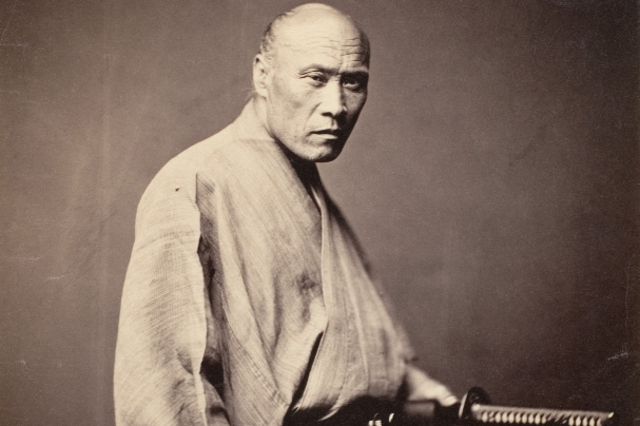
A culture that fears shame
Simply put, it goes like this:
Be prepared to die for your loyalty.
When you must choose between life and death, choose death.
Do not cling to life and suffer shame.
Even if you are told that your death is a dog’s death, you will not feel shame if you die.
When you accept death, your mind will be freed from many constraints.
By being prepared to die, you can live.
The important things are “prepared to die" and “do not suffer shame." For Japanese people, exposing oneself to shame in the eyes of society is the most despised act. Samurai would choose death over shame. They would choose seppuku over shame. Farmers also committed seppuku until it was prohibited in the Edo period.
“Inochi oshimu na na o koso oshime (Don’t value your life. Value honor)."
Choosing death is the Japanese mindset.
300 years after the Battle of Sekigahara, a civil war called the Meiji Restoration broke out, triggered by demands from Europe and the US to open up Japan. Samurai were divided into two factions, the Imperial Court and the Shogunate, and fought on both sides. How did the Shogunate samurai, whom Tsunetomo derided as having pretentious bushido, fight? Shinsengumi’s Kondo Isami and Hijikata Toshizo, Nagaoka Domain’s Kawai Tsuginosuke, Aizu Domain’s Byakkotai, and even the young boys who joined Edo’s Shogitai sacrificed their lives for loyalty. They put into practice the saying, “Bushido is the way of death."
With the transition to the Meiji era, loyalty changed to country and family. Even so, the spirit of Hagakure, which was to choose death with honor rather than cling to life and bring shame, remained unchanged, and many people sacrificed themselves for their country.
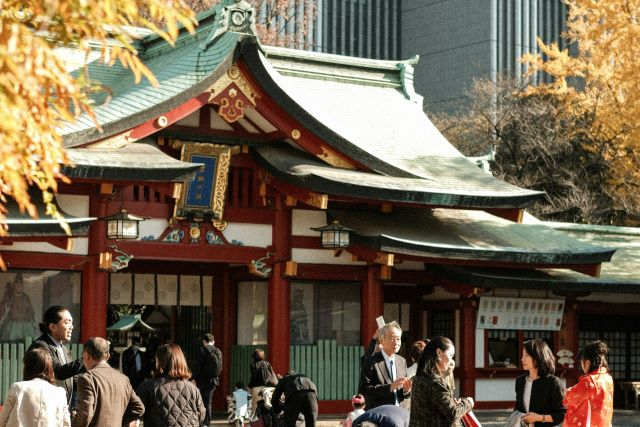
The resolve of modern Japanese people
In Japanese manga and movies, there are many scenes where a small number of companions challenge a large number of enemies. There is no way that one person can win against 100 enemies. Even if they know it, samurai would still attack out of loyalty. Typical examples are “Sute-gamari" and “kamikaze." This mindset may be difficult to understand in Western rationalism or Chinese individualism.
Japanese people love cherry blossoms that fall all at once in a short period of time. They seek beauty in the changes of flowers, birds, wind, and moon, spring, summer, autumn, and winter. They love purity and transience. Falling with dignity is more beautiful than shame. Samurai no longer exist in modern times. However, the spirit of “Bushido is the way of dying" is built into our genes. If push comes to shove, Japanese people will return to being formidable samurai.
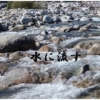
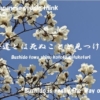
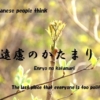
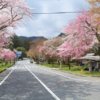

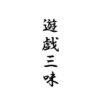
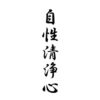
ディスカッション
コメント一覧
まだ、コメントがありません